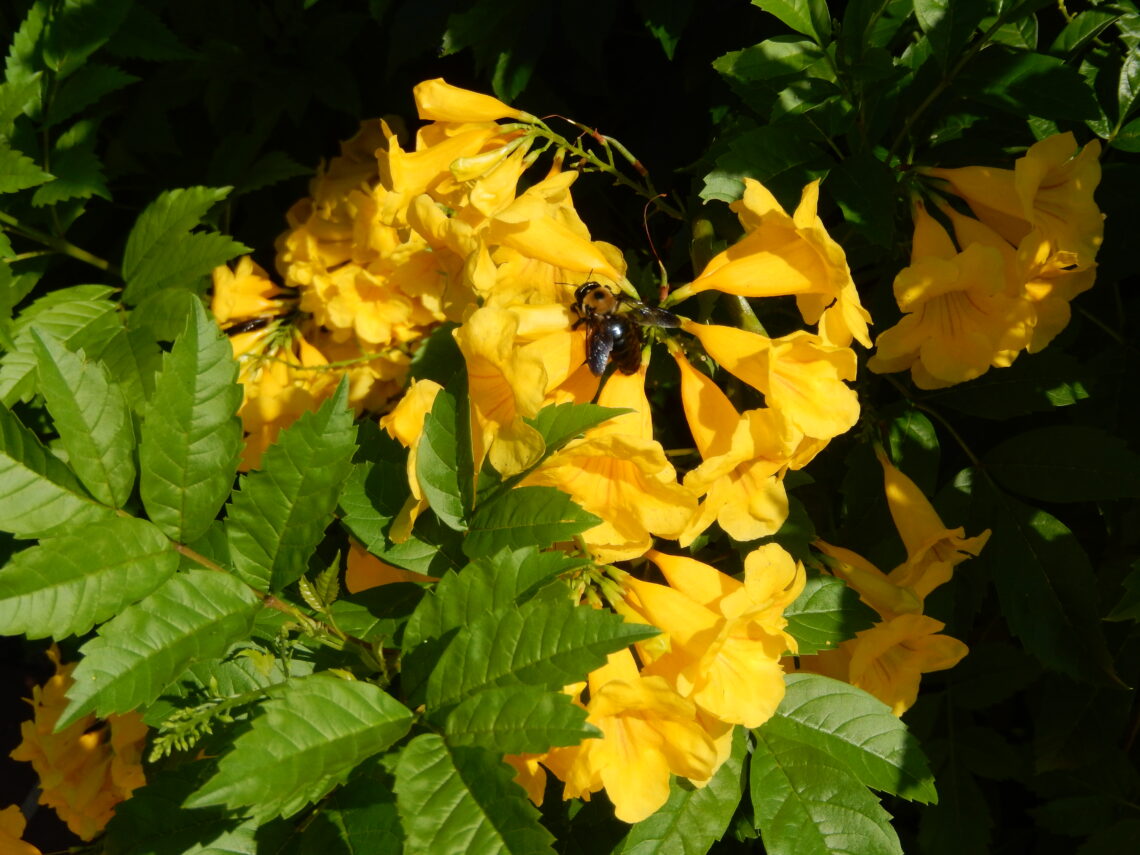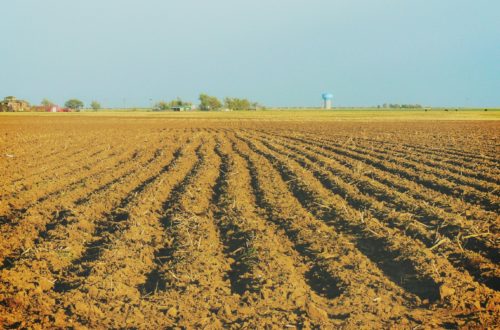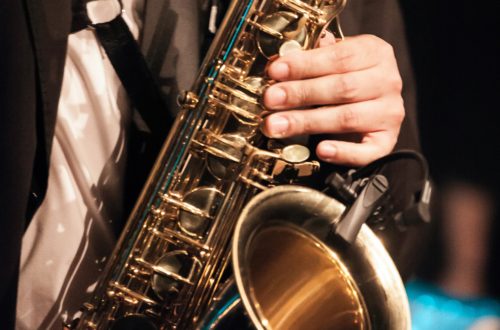
The Honey Guide
It was during this week two years ago I took a summer stroll through the world-famous Missouri Botanical Gardens in St. Louis. As I wandered through the many sections and pathways, thousands of varieties of colorful flowers, trees, vines, ferns, waterlilies, and cacti unfolded before me. The late August bounty overwhelmed a gardener to whom August typically means a hot and dry time, followed dependably by a dry and hot time, in which plants so optimistically planted in May begin to falter despite the most careful tending. But that fine day, the next-to-last day on a cross-country trip from Maine to Texas, there was no thought of the shriveling heat or washed-out colors that can herald the end of summer in the Southwest. I rounded a corner and entered a section of the garden filled with plants suitable for dry climates. Bright oranges, yellows, reds and whites dominated the scene: Red salvia and every variety of daisy; white yarrow and orange day lilies. Just ahead an Esparanza bush filled with bright yellow flower clusters filled out a bed. I snapped picture after picture, collecting ideas for my dreamed of perennial garden that would emerge at my future Texas home. As I leaned in to get a close-up of the neon-yellow Esparanza, I realized I was not the only admirer of this hardy plant that graces the hottest days with an abundance of blooms. A large black bee was feasting on the nectar, doing its work of pollinating the flowers while it collected food for its own life and its hive. I snapped a final picture of bee and flower and continued my explorations.
Fast forward a couple of years, and red salvia flows over the edges of my flower bed and onto the sidewalk. Day lilies dot another newly planted bed, sending their roots down deep and preparing for a flower explosion come next June. And Esparanza, yellow and orange varieties, fill beds and bright green and blue pots, easily standing up to the enveloping heat. Their trumpet-like flowers beckon the hummingbirds and the bees. I dig out my old photos for comparison’s sake but this August, it is the bee and not the flowers that capture my attention.
That Missouri bee honed in on the bright flowers using its specialized visual capacity to see a form of ultraviolet light, bee purple, a signal called a honey guide. These small indicators of shape and color guide them to flowers containing just what they need. Honey guides are seldom visible to humans. But to bees, a few other insects and some nectar-drinking birds, honey guides allow them to locate a life-giving resource. Honey guides are tiny bee-beacons that show bees the way to food for themselves and their communities. As they drink nectar, their legs collect pollen. Flower by flower, tree by tree, they make their way around the garden. They feed themselves and pollinate the plants. Flowers and bees, and humans, benefit from the honey guides.
This mutually beneficial relationship between flower and bee fascinates me and sends my mind off into unexpected places. What can this tidbit of knowledge about flora and fauna teach me about finding guidance and direction and sustenance? Why do bees need honey guides? I dig for a little more information, and like a flower opening to me, I learn from the honey guides’ examples.
As someone who loses her keys with regularity, I am comforted to discover that bees have a memory of about 15 seconds.1 They have to continually look for honey guides to find the flowers that will keep them alive. They will not remember the site of their last meal for any longer than it takes to ingest it. Discovery must happen over and over and over again. It is new on every flight pattern, this second-by-second beckoning followed by a second-by-second response. Well, I think, as I scramble through my purse for the third time or walk back and forth around the house retracing my steps on a key-quest, constant reminders are not such a bad thing, are they? Anyone who wants to return to the same life-giving source of energy, the deep abiding and Divine Presence could use some markers and reminders, a human honey guide. Bees and I, we must continually return, over and over and over again to the source. We depend on a guide to get us there. Bees and I, we both can use some markers, some special ways of seeing, some pointers that say, This way, this way. Here is life and beauty. Here is purpose and sustenance.
Do I long for a honey guide in my life right now? A pattern that will steer me toward meaning and focus me on health? A particular set of ideas or thoughts, a visual acuity that can feed my spirit and sustain my energy? Of course I do. This time in collective and personal history cries out for clear direction. Is there nourishment nearby?
Not being one who believes that every detail of our lives is planned down to the first cup of coffee or the last breath we take, I shy away from suggesting that specific signals shape our every step. Yet, there is something to learn from these honey guides and the bees who use them. Honey guides are there to help the forgetful bees find their way back again and again, to places of life. What are the things in my daily life that continuously point the way to richer, fuller life? Today, in the midst of pandemic and upheaval, where are my honey guides? Have I forgotten my direction? Are there reminders hidden here? Can I widen my vision, or see another dimension to my circumstances?
Prayer, now that is a honey guide. As I join with and breathe in the Holy, I find strength and sacred companionship.
Daily journaling– another honey guide. As I write, often the way clears out or confusion dissipates. Emotions are expressed, laid aside, clarified. The turn of a phrase suddenly causes a turn of perspective. A plan to move forward, or backward, or to stay, emerges before me.
A daily walk with a dear friend, a dependable honey guide. In the steps and conversations, we teach each other how to make our way, day by day, into an uncertain future.
Taking up my watercolor brush, I paint not only pictures, but ideas. I am inspired by the colors and shapes and captured by what flows out of my unschooled, beginning efforts in ways I had not planned. And inspiration itself, isn’t that a reliable honey guide?
So many, many more honey guides, as numerous as the yellow Esparanza flowers in my garden: Study, and scripture, music and singing, perhaps even the clicking rhythm of knitting needles as I follow a pattern and something beautiful and warm emerges. There are readings from favorite and new authors, and gardening, always gardening to impart wisdom in simple but certain ways. On and on and on. Practices that point us to the Holy and invite us in to take part in the Divine Essence. Markers that deep down in our souls, we know to be genuine glimpses of God at work in our lives and our world.
Daily, I walk among the flowers in my miniature botanical garden, and though many plants are fading, the Esparanza bushes flower faithfully. I haven’t seen a honey bee, but other bees have caught their ultraviolet invitations. Again and again, these small creatures return to drink the nectar, following patterns that are invisible to my eye. They remind me of the minute by minute beckoning of the Holy One, who is as close as the flowers outside my door. Our Creator guides us to places of life. How sweet it is, the seeking and the finding, the savoring and the sipping, as we take in the Holy once again. What do I need to learn and re-learn and then learn again? Discover and re-discover? What will I find as a search? There are no limits to the supply, and no time restrictions no matter how much I drink or how long I stay there in the Presence. I need not worry I will forget my way, as I’m sure to do, for there is sweet guidance always near. I will take up with renewed energy those practices that draw me nearer to the Source of my Being. The honey guides beckon me.
How sweet are your words to my taste, sweeter than honey to my mouth. Psalm 119:103 NIV
Reflection Question:
What are your honey guides, daily practices that provide guidance, wisdom and insight in your life?
1 Information on bees and honey guides from various online sources.
Cover photo by Author, August 2018.





One Comment
Nita Gilger
What a helpful idea to identify honey guides. Lovely!! Thank you.